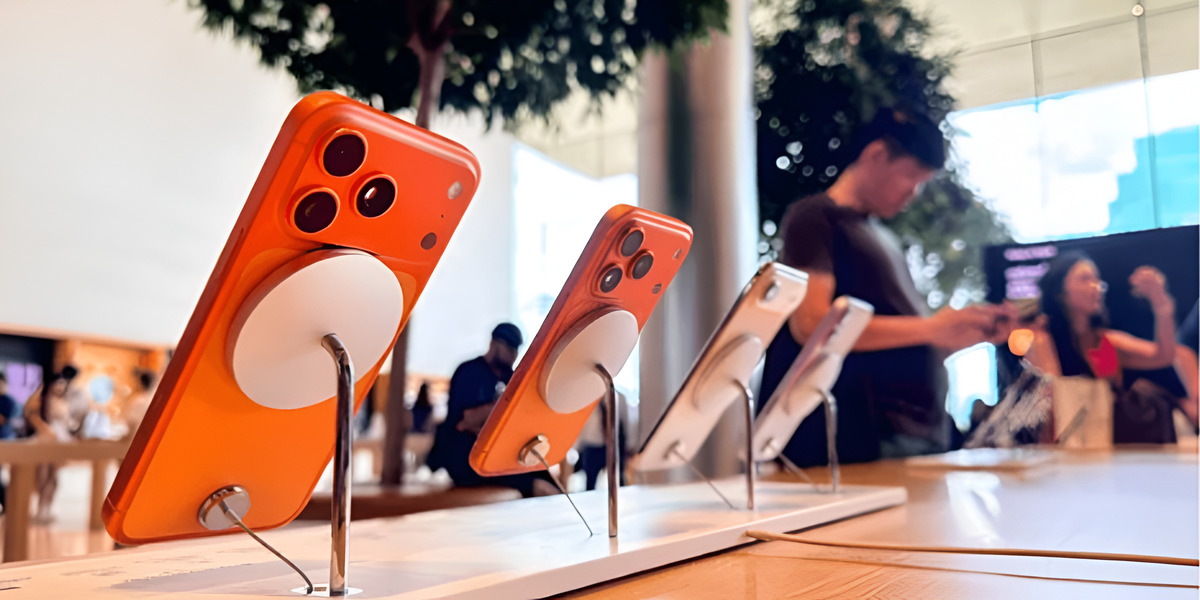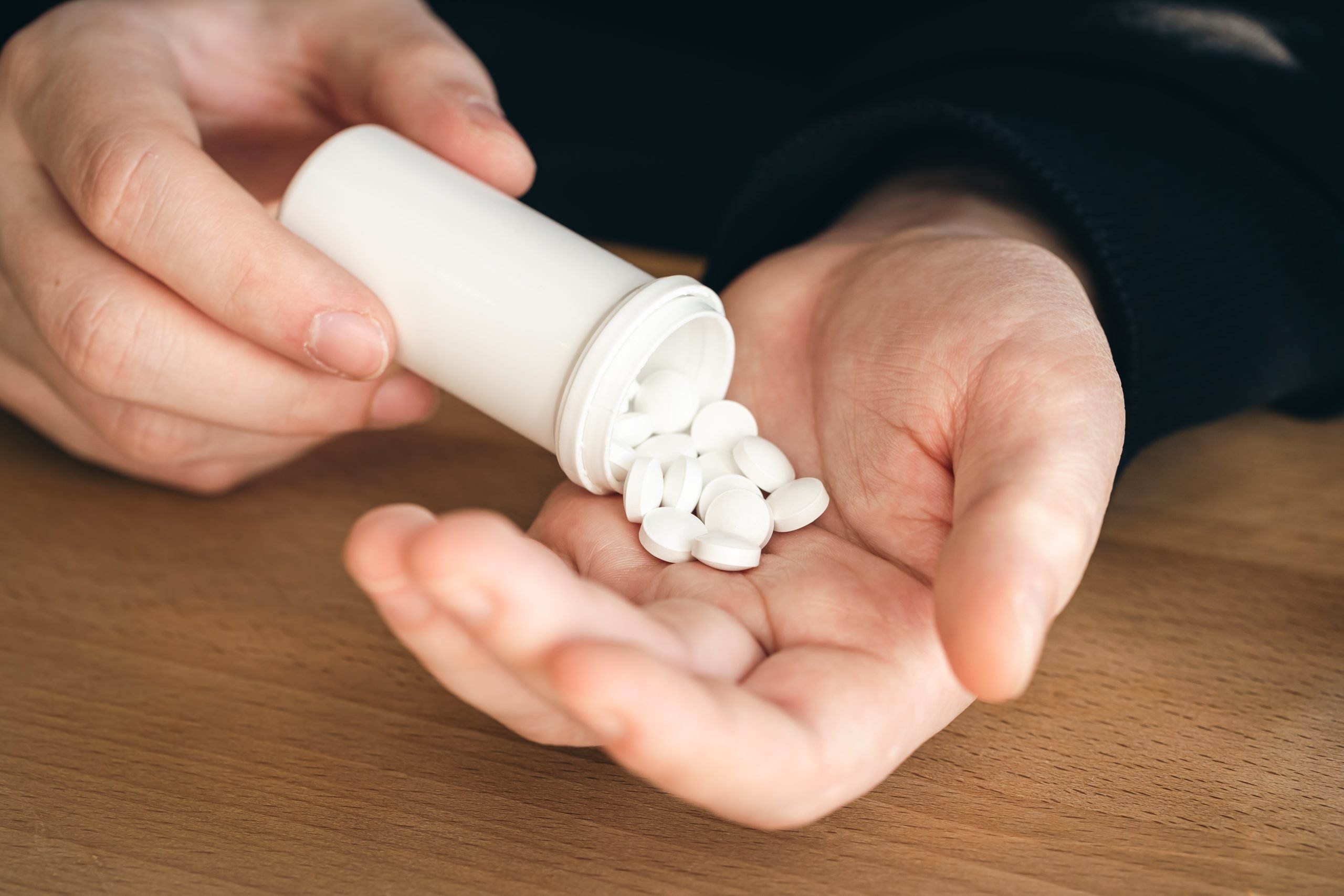Anyone who has ever had their period has experienced that awkward moment when they stand up from a chair in public and see a blood stain. Or they tie their jacket around their waist to hide their stained pants. In extreme cases, they have even watched in horror as blood starts to trickle down their thighs. Yes, it is a reality that is rarely talked about, as menstruation is practically seen as a taboo that must be kept secret. And that is perhaps why not enough progress has been made in developing menstrual products to avoid all these unpleasant situations.
A group of scientists from the Virginia Tech in the US are well aware of this problem. So they developed material that increases absorbency and prevents leaks. Besides, it is antibacterial and biodegradabletherefore, some typical problems of conventional menstrual products are solved.
The interesting thing about this material is that it applies to all menstrual products. Not all people who menstruate have the same needs and preferences. There are people who cannot stand the sight of blood in their menstrual cup or whose bleeding is so heavy that pads are not enough. There are also those who do not want to have anything in their vagina for a long time or cannot do so due to some disability. At the same time, the material developed by these scientists is used to make pads, as well as tampons and menstrual cups. Let’s figure out what exactly it consists of.
Do this experiment
Are you on your period? This experiment may seem a little crude, but it’s easy to understand the underlying problem with some menstrual products. Scientists at Virginia Tech took a blood compress and squeezed it. Although the material completely absorbed the liquid, when squeezed, it leaked out again. This makes sense, because blood very fluid. They will need to thicken it somehow.
So they tested different mixtures of materials until they found one that could turn blood into gel.
One material for all menstrual products
The winning mix is a powder based alginate and glycerinto which is also added antimicrobial polymer.
When added to a compress, the blood automatically turns into a gel and no longer comes out when squeezed. But this doesn’t just happen with these menstrual products. Scientists have found that it also forms a gel in tampons and menstrual cups.
On the other hand, the antimicrobial polymer significantly prevents the growth of bacteria such as Staphylococcus aureus, responsibility for what is feared toxic shock syndrome. Add to all this the fact that it is a biodegradable material, and menstrual products will have everything necessary to meet the needs of most people who use them.

Further study of menstrual products is needed
In a statement from Virginia Tech, the scientists point out that the three main menstrual products used today have about a century antiquity. Pads were invented in 1888, tampons in 1933, and the menstrual cup in 1937.
However, they have not been studied enough. In fact, another study was published this week that found toxic metals in various brands of tampons. The sample size for the analysis was very small, only 30 tampons. It is also not known exactly how much of these metals will end up in the bloodstream. However, this is a very representative study, as it demonstrates the little attention that science has paid to studying menstrual products.
These advances from Virginia Tech scientists are exactly what we need, so it would be great if they hit the market soon. About half of the population is capable of menstruating. It is estimated that these people spend about 6 years of his life were spent bleeding. They deserve safe and effective products, which is why further research is so necessary.
Source: Hiper Textual













